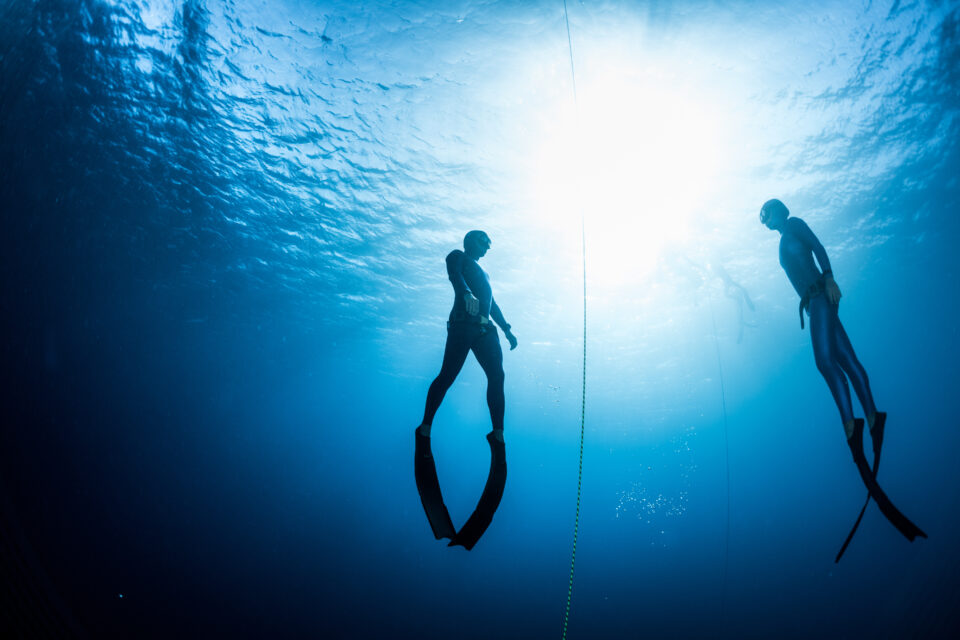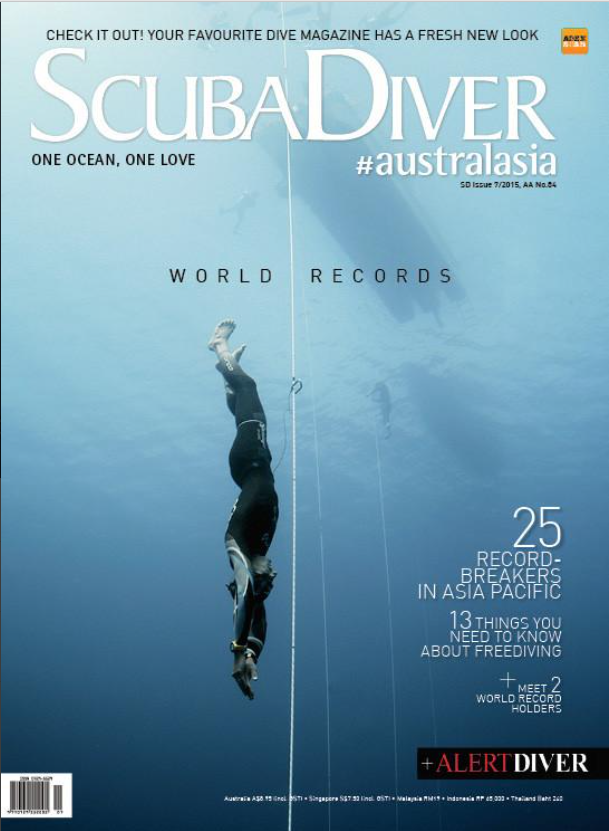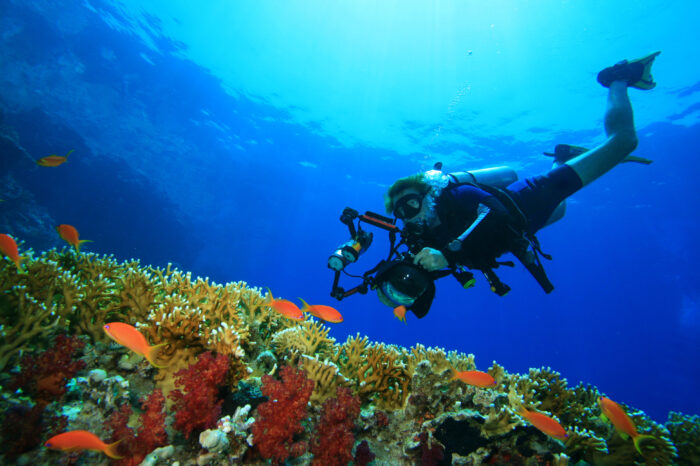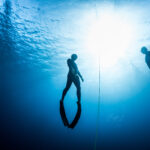13 Things First-time Freedivers Should Know Before Taking the Plunge

Freediving – a.k.a diving without any breathing apparatus and only holding one’s breath – is the purest form of diving.
Here are thirteen tips you must remember before taking the plunge.
Text by SDAA
Image from Shutterstock
1. TOTAL FREEDOM
Freediving, as the name suggests is diving with almost total freedom: No heavy, expensive gear, no maximum ascent rates, closer interactions with marine life and totally new challenges.
2. DISCIPLINES
There are seven different freediving disciplines; some are about about maximising the distance swum underwater, or the depth reached; others are about extending the dive time.
3. BUDDY UP
Never dive alone! Don’t push your limits without proper education. It’s important to have a buddy on the surface that can monitor you in the water and respond if you have any problems.
4. SAFETY RULES
There are always risks involved in dropping deep into the ocean. Blackouts can occur and can be fatal. Careful preparation is important.
5. TOP SPOTS
There are some beautiful places to freedive in Asia Pacific: Richelieu Rock, Thailand; Elephant Head Rock, Similan Islands; SS Yongala Wreck, Australia; Crystal Bay, Bali.
6. REST
It’s vital to rest between dives. You need to rest for twice the duration of your last dive. Without the proper recovery time to re-oxygenate the blood and rest muscles, the risk factor for your next plunge increases significantly.
7. PLANNING
Safety first! Just like scuba, it is important to know the currents of a dive site, and scout out the good exit points.
8. HYPER- VENTILATION
This is not advised! It can lead to a blackout which is very dangerous.
9. MEDITATION
Freediving requires incredible mental concentration. Meditation trains the mind, and helps to slow and regulate the breathing and heart rate – vital for good freediving. The heart rates of freedivers on deep dives have been recorded as low as seven beats per minute – about three times slower than that of a coma patient.
10. 20 SECONDS
Twenty seconds after surfacing, your body’s oxygen level is at its lowest. Keep breathing slowly and deeply through your intervals.
11. THE DIVING REFLEX
The second you put your face in the water, your heart rate lowers up to 25 percent, and blood starts rushing from your extremities into the core.
12. KICKS
Freedivers use three fin strokes: the flutter, frog and dolphin.
13. AIDA
The worldwide federation for breath-holding diving offers freediving training for divers of every level, from novice to professional. The intial three courses introduce participants to the skills, knowledge and protocols necessary to freedive safely.
 To check out more awesome articles like this one, check out Scuba Diver Issue 7 / 2015 here.
To check out more awesome articles like this one, check out Scuba Diver Issue 7 / 2015 here.
For more insightful features and stories like this, subscribe to Scuba Diver here.


